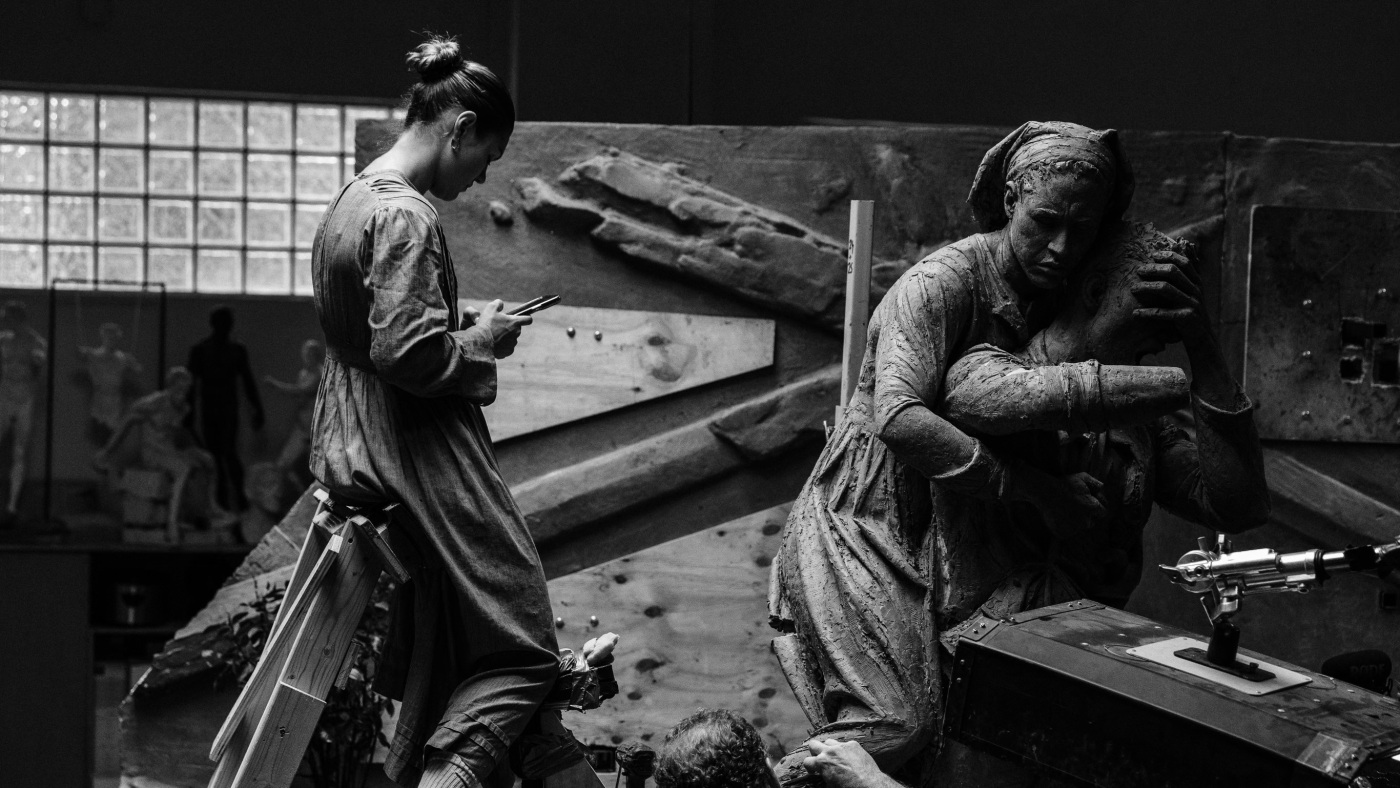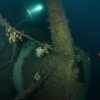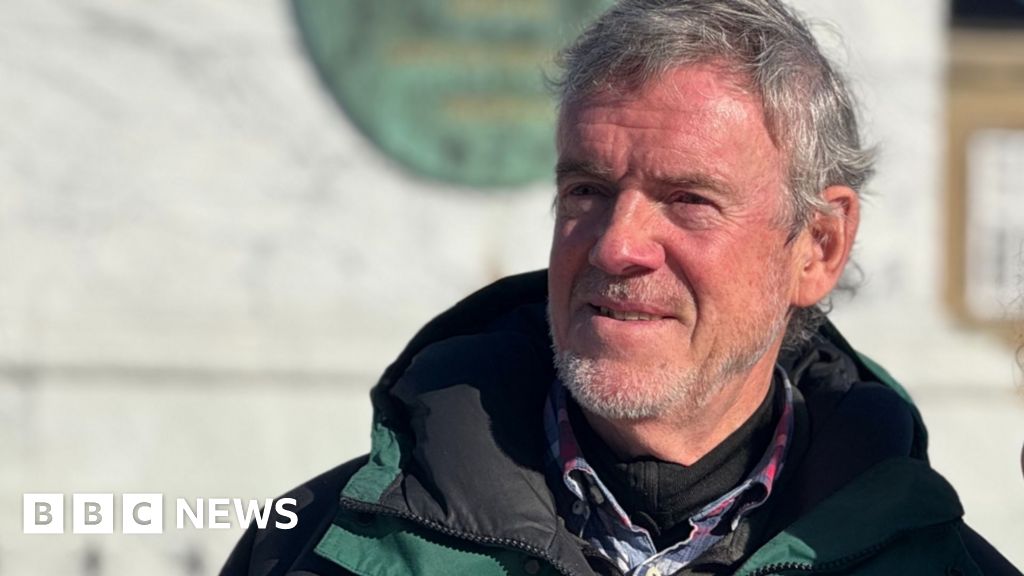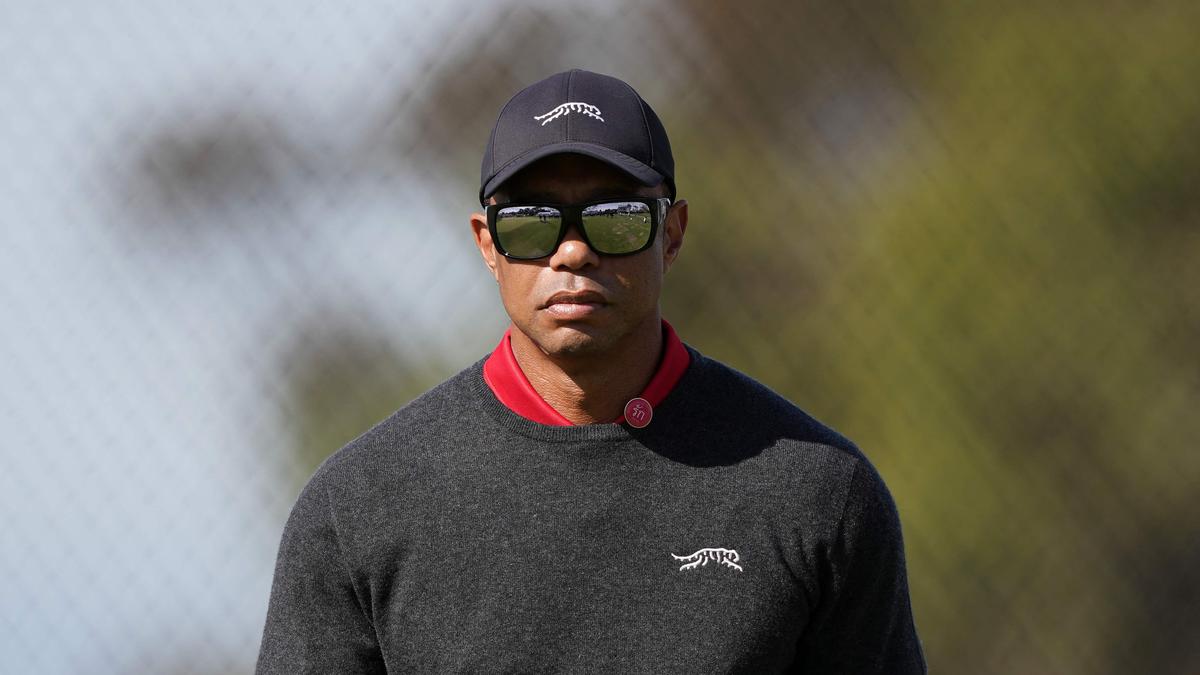A new sculpture takes its place at the national World War I Memorial in D.C.

Artist Sabin Howard works on A Soldier’s Journey, a 25-ton, 60-foot long bronze sculpture that commemorate Americans who fought in World War I. The national memorial will sit on Washington, D.C.’s Pennsylvania Avenue.
The United States World War One Centennial Commission
hide caption
toggle caption
The United States World War One Centennial Commission
A new sculpture being unveiled Friday will become the central feature of the national World War I Memorial in Washington, D.C.
The bronze sculpture, named A Soldier’s Journey, is 25 tons, 60 feet long and sits along Pennsylvania Avenue, near the White House. It features 38 human figures meant to tell the story of a single “doughboy” — a nickname used for American World War I soldiers — as he leaves home, witnesses death and destruction on the front lines and makes his way back.
The statue, built by sculptor Sabin Howard, will be lit up for the first time at Friday’s ceremony, and the festivities will continue through the weekend, with musical performances, reenactments of the war and displays of WWI vehicles.
The memorial, dedicated in 2021, incorporated an existing memorial to Gen. John J. Pershing, commander of the American Expeditionary Forces during the war. It also includes a peace fountain, featuring an excerpt from the poem “The Young Dead Soldiers Do Not Speak” by Archibald MacLeish.
Elsewhere in the city, the District of Columbia War Memorial commemorates the more than 26,000 WWI soldiers who were residents of D.C. It was built in 1931.
About 4.7 million Americans served in World War I. Approximately 117,000 died, and about 204,000 returned with injuries.
Related
What’s at stake for American culture with Trump’s Kennedy Center…
In her two decades as a human rights lawyer, working on issues in more than 25 countries, Hadar Harris says she is alarmed by what she's witnessing on U.S. soil
Denmark lost 52 soldiers fighting alongside the US. Now it…
Nick BeakeEurope correspondentBBCAll his adult life, Colonel Soren Knudsen stepped forward when his country called. And when its allies did.He fought alongside
As Trump upends foreign policy, Berkeley scholar sees irreparable damage…
Last week’s Oval Office blowup with Ukrainian President Volodymyr Zelensky exemplified what many foreign policy experts have long feared: that th
Trump creates a task force for the North American 2026…
President Donald Trump creates a task force to prepare for the 2026 W












